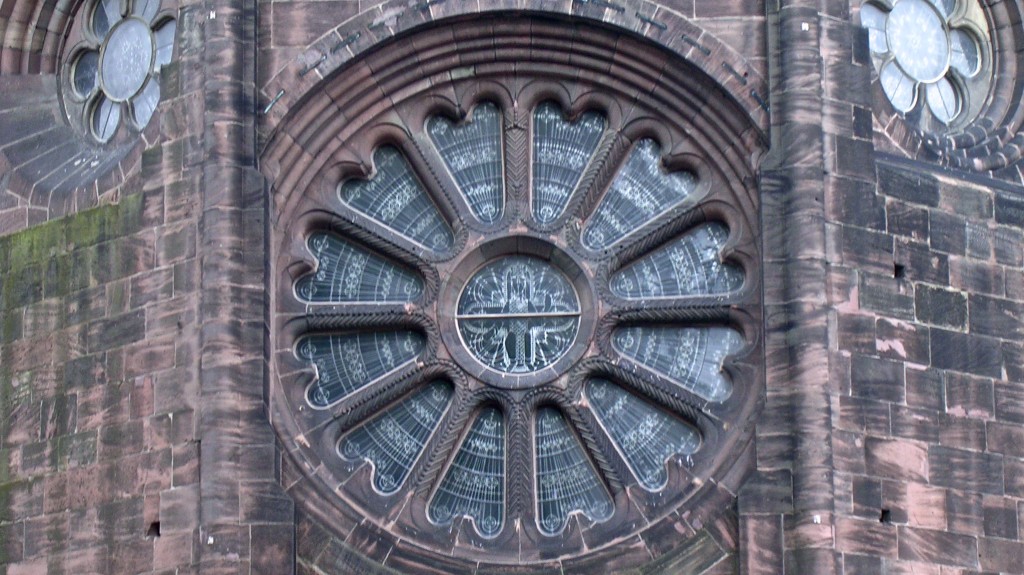Proper 20 (25) | Mark 9:30-37
When We Learn to Lie
Lectionary Project—Part of an ongoing three year project of weekly posts based on the Gospel reading from the Revised Common Lectionary. A study in practical theology.
Children only lie about what they know. It’s one of the things that makes a child different than a grown-up.
Ask children how a vase or a window came to be broken, and like as not the answer is “I don’t know” when they know very well or “He did it” when “he” of all people did not. Ask them something that they do not know at all, such as why rainbows are curved or how an elephant might knit socks, and you will either get a wildly fanciful tale or a simple “I don’t know”.
Adults are still children, but children who have learned to lie about what we do not know. At the very least we lie in order to cover up our ignorance.
The disciples were adults. When Jesus began walking toward his home in Capernaum, he continued a dialogue he had begun with them earlier in this Gospel narrative, explaining to his disciples that people in Jerusalem were planning to kill him.
By the time Jesus got to his house and his followers had gathered around him, these same disciples were far from accepting what Jesus was telling them about his impending execution. They were arguing among themselves over who was greatest disciple. They still believed that Jesus would rise to power, and they ignored what Jesus was telling them: they were squabbling over their rewards, their perks, in the new kingdom.
Maybe they didn’t grasp the truth that Jesus was going to be killed, or maybe on some level they did grasp the truth, but didn’t want to deal with it — we often lie to ourselves about hard things. Either way, they were unwilling to admit to Jesus that they didn’t understand or that they couldn’t handle it. When he asked them why they were arguing, they were grown up enough to lie about it.
 Ok, the story says they were silent, but silence is sometimes just another way to tell a lie.
Ok, the story says they were silent, but silence is sometimes just another way to tell a lie.
Jesus dealt with them by holding a child in his arms. We hear this story, and we think that the point is humility, or simplicity, or purity, and those things may also be true. It is possible that the point is honesty — to know what we do not know, and to be open to the truth, even when it’s hard.
We might lie to other people about a hard truth, but we are more likely to lie to ourselves by refusing to see it. We may wrap ourselves in so many lies that we can’t unravel them.
The desert, the great, dry, uninhabited desert, is a recurring image in holy texts. It’s where the prophets go to seek God. It is also where demons are sent to dwell. Perhaps it’s the same thing, in the end.
In the silence of the desert, the lies we tell ourselves begin to grow quiet. Demons are the whispers of our own delusions trying to find a new hold. With no one left to listen to them, the lies in which we disguise ourselves fall away, shedding like skin to blow away across the sand. When we are left alone in our desert, our self deception gone, our ambitions silenced, that is when we discover that we are like children once again. That is when we discover that we are, and always were, in the presence of God.
The child you welcome is you, and the child I welcome is me, no longer lying to cover our ignorance of God.







